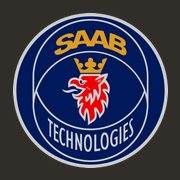Could you explain how does the Gripen capability of Mach 1.1+ without using after burner is a joke?
Gripen E/F
"
Power Plant
The engine, a General Electric F414G turbofan, is a modular, fuel-efficient low-bypass ratio, afterburning turbofan with the latest technology. With a thrust rating of more than 22,000lb (98kN), the F414G produces 20% more thrust than Gripen’s current Volvo Aero RM12 power plant, and will enable super-cruise performance of Mach 1.1 with air-to-air weapons."
A história do Programa Gripen brasileiro começou em 2013, quando a Saab venceu a concorrência do Programa F-X2, destinada à substituição da frota de aeronaves de caça da Força Aérea Brasileira (FAB).

saab.com
I referred Gripen NG in context of MWF as they share common power plant and belong to same fighter class based on weight and role. So, supercruise at >Mach 1.2 could taken as a reasonable target for designing an aircraft whose first flight is stated to be in 2022-23 and full induction at around end of the decade.
Rafale, EF, & F-22 belong to different category hence can't be compared to MWF. For F-35, its P&W F135 engine has development potential to enable complete supercruise in future.
Fact: F-22 can supercuise at Mach 1.8 with combat load; EF & Rafale at around Mach 1.4-1.5 with few A2A missiles, F-35 has demonstrated supercruise at Mach 1.2.
Sometimes, people consider only F-22 as an aircraft with true supercruise capability. But going by definition, I would say that sustaining speeds >Mach 1.1-1.2 can also qualify the textbook definition of supercruise.


